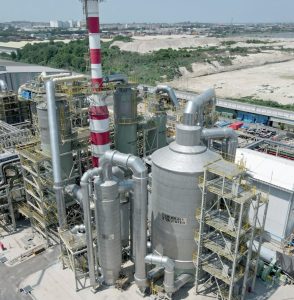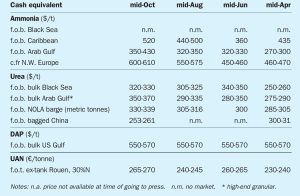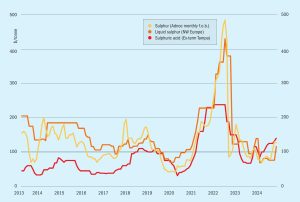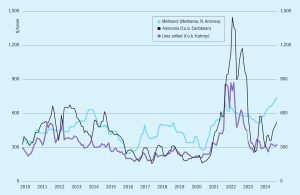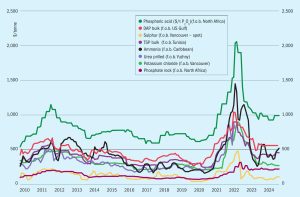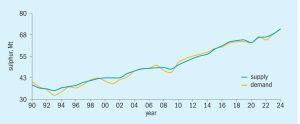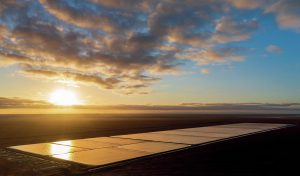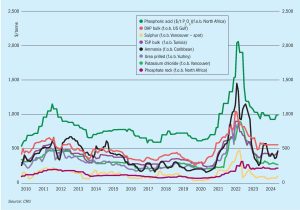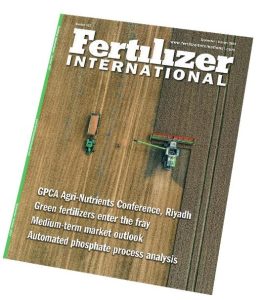
Political threats loom large
While underlying supply and demand criteria continue to set floors and ceilings for nitrogen and other syngas derived products, political events as ever have the potential to derail all calculations. While much attention has focused on the US election, the escalating crisis in the Middle East continues to have the potential to threaten fertilizer trade in multiple ways. As this issue was going to press, Israel had just launched its retaliatory missile strike on Tehran, on October 26th, the latest in a series of tit for tat attacks between Israel and Iran, in particular an Iranian missile strike on Israel on October 1st. The Iranian government appeared to be downplaying the results as “limited”, but said that it considered itself “entitled and obligated to defend itself”.

